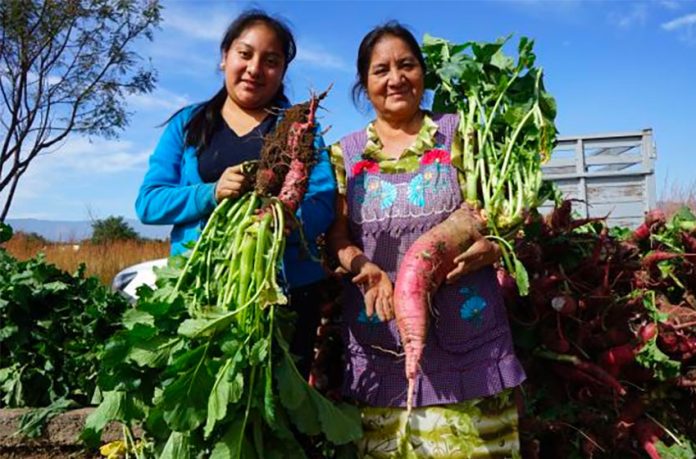In Oaxaca city, add giant, gnarled radishes to the list of must-haves for the Christmas season.
Noche de Rábanos (Night of the Radishes) on December 23 combines farming and hand carving to create one of the most important events in the capital city.
The event dates back to 1897 when the city organized the first competition. Previously, there had been a tradition of carving overgrown, inedible radishes into curious figures at the Christmas market as a way of getting the attention of passers-by. Legend states that friars in the mid-18th century pulled up some forgotten radishes in December and took them to the market as curiosities.
The use of radishes as marketing gimmicks died out, but the popularity of the contest grew and the city supervises the growing and distribution of the radishes used. They come exclusively from a field in Santa Cruz Xoxocotlán, using techniques and chemicals that prohibit their use as food. The radishes, which can grow up to 50 centimeters long, are cultivated in three plantings to have radishes of different sizes when they are harvested on December 19.
The vegetables take on capricious and sometimes wild shapes, challenging carvers to take advantage of them. The scenes are elaborate, taking up to hundreds of radishes to complete. The variety used has a red exterior and white interior and most carvers take advantage of this contrast in their work. Sometimes the leaves of the plant are used as well.

Today, the event attracts over 100 competitors and the main square of Oaxaca fills with thousands of people filing past the booths set up for each entry. There are categories for traditional and non-traditional scenes as well for age groups. There are also categories for scenes made from dried flowers and corn husks. Most of the competitors are artisans in other fields, such as wood carving and pottery.
Artisan Serafin Muñoz says that carving the woody radishes is not easy, with the risk of a “war wound” being very real.
The event only lasts one day, with the display itself over only in a matter of hours. This is because the radishes wilt and lose shape shortly after being carved.
Source: El Universal (sp)
